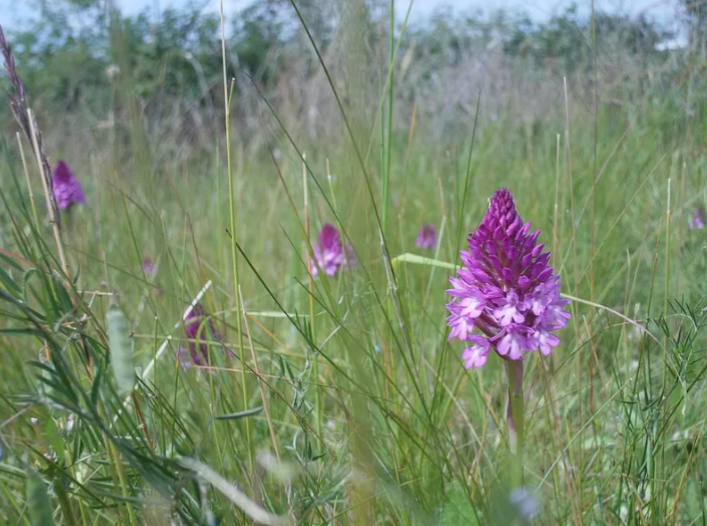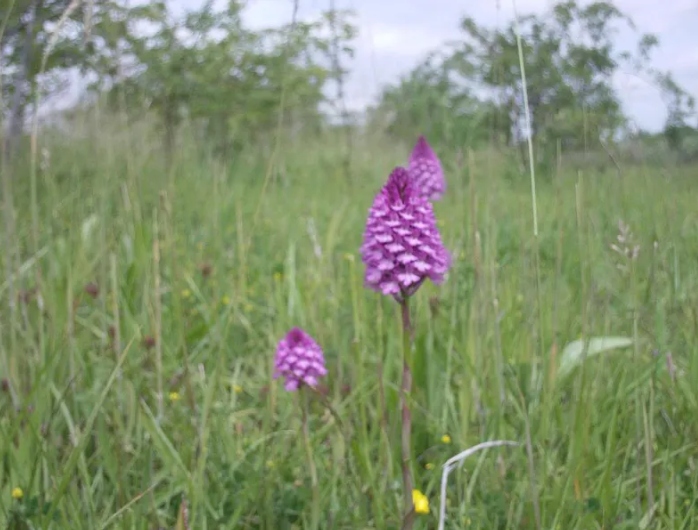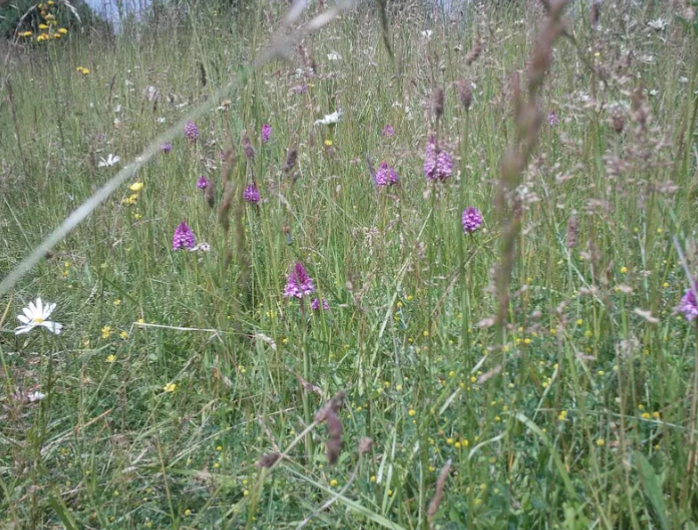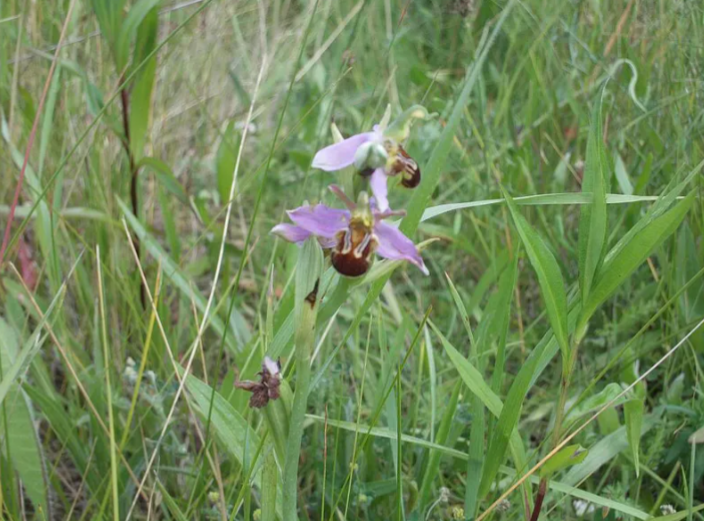Rammey Marsh

On the border of Waltham Abbey and Enfield is one of the rarest habitats of its kind in the South East of England, situated to the North West of the Enfield Island Village is an open grassland beside the river Lea known as Rammey Marsh. Although it is just over the border this remarkable habitat is well worth a visit for it’s flora and fauna, some of which is now incredibly endangered. Although popular with dog walkers, closer observation reveals one of the most diverse habitats to be found inside the M25. The marsh is accessible from Smeaton Road which forms the approach to the Enfield Island Village at the Northern end of Mollison Avenue.

In the area just to the West of the marsh extensive archeological digs have uncovered not only evidence of Bronze age occupation and land division here, but also substantial evidence of Iron Age settlements which were more permanent in their nature and show that people remained in the area living from the land and the river for a long time. Rammey Marsh appears as ‘Ramhey’ in 1538 ordnance survey maps and as ‘ramney’ in 1610 maps. This name is probably an old English reference to its historic use as a raised island in a marsh where Rams were grazed. There was a large Saxon settlement to the north of here and the marsh is known to have been used as summer pasture since Saxon times. Rammey Marsh is a raised chalk grassland in an area of marsh which once stretched South to the river Thames.
In more recent history it has been used for gravel extraction and landfill, which further elevated sections of the land. Contamination from landfill below ground has in the past prevented the building of new wildlife ponds, but the marsh itself supports an absolutely extraordinary diversity of wildlife & plants above ground. This is a designated Site of Metropolitan Importance and once you start to investigate the wildlife and ecology here it is easy to understand why. There are grass pathways around the marsh to guide you around the site & care should be taken not to stray from this track in the North East corner of the marsh from mid June onwards as this is one of the most important areas for rare species which easily get trampled.
A surprising amount of birds both resident and migratory have been observed here. Not far from the marsh a Red breasted flycatcher was ringed in 2018. Several types of warbler are known to nest here & Ringed ouzel and two species of Snipe as well as short eared owls visit in winter. Hobby, a specialist insect eating bird of prey can also be seen here in summer. Skylark and meadow pipit are known to live here but have sadly declined & nightingale have been observed but are not regular visitors. More rare occasional visitors include firecrest and waxwing and more than one species of bat are also known to be resident here.
The marsh is bisected by the Small river lea which is a tributary of the river Lea navigation & flows South from Turnford in Hertfordshire until merging with Turkey Brook, where it joins the river Lea navigation channel. The section of the Small river lea which passes through the middle of Rammey Marsh is an important breeding site for water voles and there are significant numbers of them known to have set up very healthy populations just north of here along the river Lea. Rather surprisingly, another emerging stronghold for water voles in recent years has been further South at Walthamstow marshes.
There are over 220 plant species on Rammey Marsh, some of which are invasive alien species which are subject to occasional control programs such as Himalayan Balsam & Japanese Knotweed. The ever encroaching Goats Rue also needs clearing periodically, but the most spectacular plant species found here are extensive colonies of more than one type of wild orchid in the poorer soil towards the M25. The scrub is often cleared here to keep the grassland open in order to preserve the habitat and prevent rarer species being over crowded.
In the North East corner of the marsh near the motorway is a large colony of Pyramidal Orchids and over 5000 Bee Orchids believed to be the biggest mixed colony of it’s kind in the South East of England. The Bee Orchid evolved over thousands of years to mimic a certain type of long horned solitary bee and trick it into thinking it had found a mate by emitting the pheromones of a female bee, the male would then land and pollinate the Orchid. Their survival here is made even more remarkable by the fact the specific Bee species they evolved to mimic is now incredibly rare in the UK, so they have now become largely self fertile. One has to wonder how a plant worked out what a certain type of bee looked and smelt like in order to mimic it so convincingly that even the bee itself couldn’t tell the difference.
To add to the diversity of the marsh, there is also a very pleasant river side walk to be enjoyed along this stretch of the river Lea navigation. Barges are usually moored around Rammey marsh lock and there is a real community feel here as you walk along the tow path. Summer in particular makes this a very enjoyable walk which can easily become a day out. Some of the best fishing is said to be found along this part of the river and you can find occasional places to sit down and enjoy the peace and scenery here. If you walk North from here you can walk to the historic town of Waltham Abbey & heading South is a lovely walk through Enfield Lock toward Sewardstone marsh, which is another interesting location worthy of it’s own write up.
This is a unique and rare habitat that is well worth visiting to study the incredible abundance of rare species here, mid June onwards is the best time to see the Orchids which both bloom at the same time. The Pyramidal Orchids are fairly easy to spot as the bold splashes of cerise pink give them away among the grasses, the Bee Orchids however are a lot closer to the ground and can be a little harder to spot at first. If you look really closely, once you start seeing them you will notice them everywhere on the elevated North East section of the marsh. Once again caution should be taken on the path through this section of the marsh from mid June onwards as it is very easy to miss the Bee Orchids at first if you don’t know what you are looking for & they can be accidentally damaged under foot as they blend in very well with the surrounding grasses alongside the path.
Bee orchid Enfield Island village Marshes Pyramidal orchid Rammey marsh River lea



















